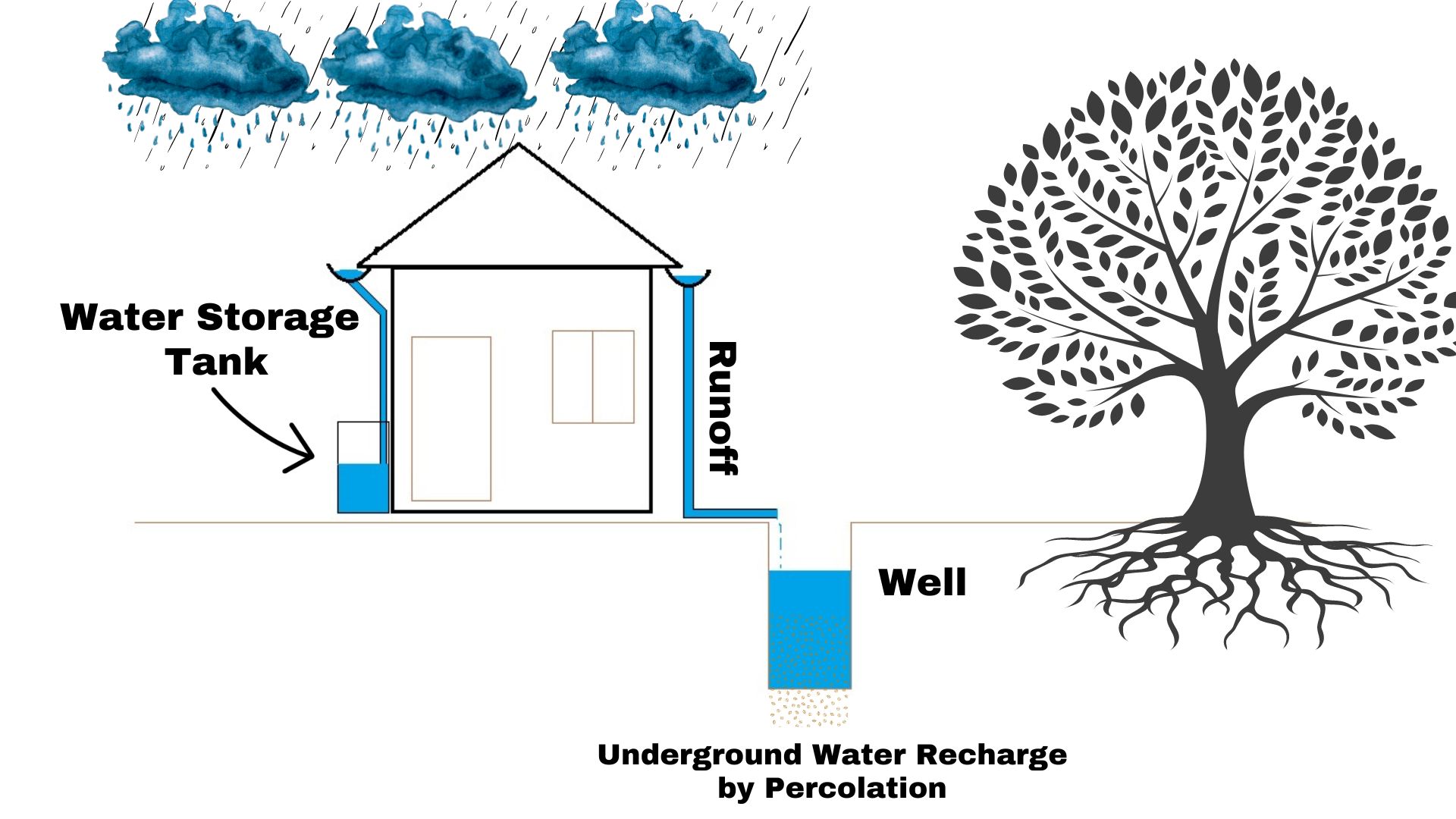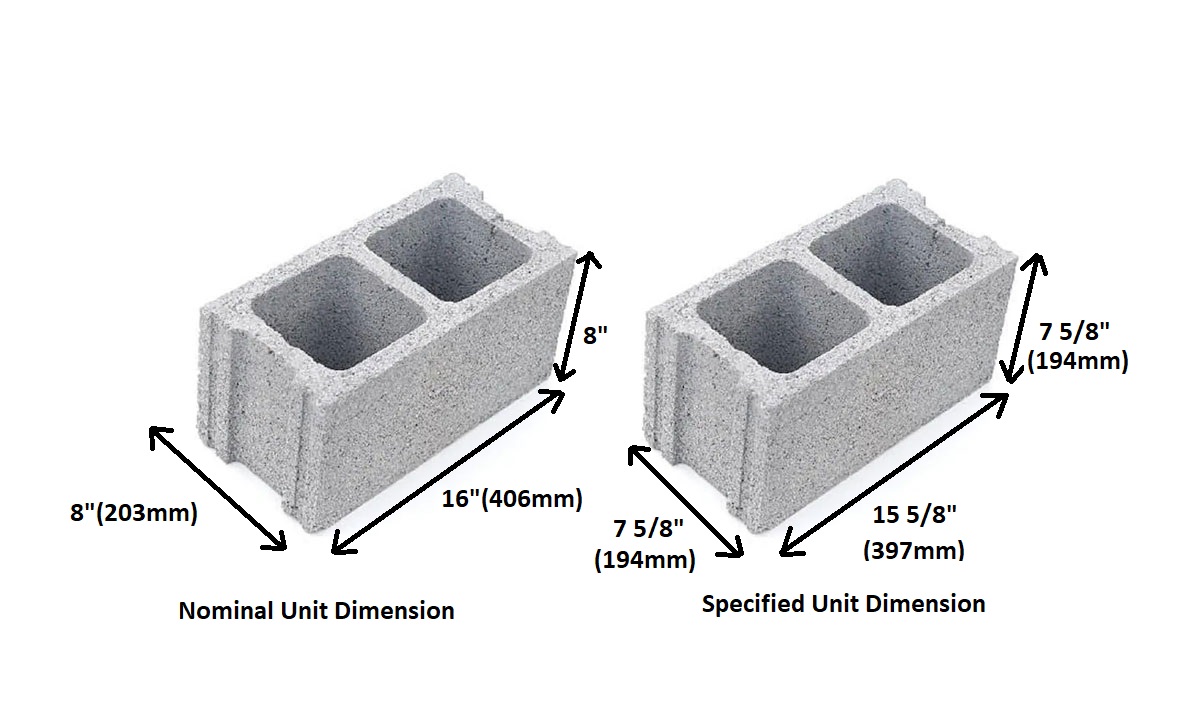Wall cladding is a term used to describe the application of one material over another to provide a layer of protection or decoration. It is a popular method of finishing the exterior or interior of a building and can be used on both residential and commercial properties. In this article, we will explore what wall cladding is, the different types of wall cladding available, and the advantages and disadvantages of using this method of construction.
What is wall cladding?
Wall cladding is the process of covering the exterior or interior of a building with an extra layer to provide a decorative or protective layer to the walls. This can include materials such as wood, brick, stone, metal, or vinyl. The cladding is usually applied over a substrate, which is the surface to which the cladding is applied. The substrate can be made of a variety of materials such as concrete, brick, or wood.
Types of wall cladding
There are many different types of wall cladding available, each with its own unique characteristics and advantages. Some of the most popular types of wall cladding include:
- Vinyl Cladding
- Brick Cladding
- Stone Cladding
- Metal Cladding
- Wood Cladding
Vinyl Cladding:
Vinyl cladding is a type of wall cladding that is made from PVC (polyvinyl chloride) material. It is a popular choice for residential properties due to its durability and low maintenance requirements. Vinyl cladding comes in a variety of colors and styles, making it easy to match with the existing aesthetic of a building.
Vinyl cladding is a cost-effective option as it is less expensive than other types of cladding such as brick or stone. It is also a good insulator, helping to keep the building warm in the winter and cool in the summer. It is also resistant to moisture and rot, making it a good option for areas with high humidity or precipitation.
Installation of vinyl cladding is relatively easy and can be done by a professional or as a DIY project. It is also lightweight, making it easy to handle and install.
Brick Cladding:
Brick wall cladding, also known as brick veneer, is a type of wall cladding that is made from real bricks. It is a popular choice for commercial properties and can also be used on residential properties. Brick wall cladding gives a building a traditional and timeless look, as well as providing durability and protection.
Brick wall cladding is made from clay or concrete bricks, which are molded and then fired in a kiln. These bricks come in a variety of colors, sizes, and textures, which can be used to create different patterns and designs. Brick cladding is also fire-resistant and can withstand extreme weather conditions.
Stone Cladding:
Stone wall cladding is a type of wall cladding that is made from natural stone. It is known for its durability and aesthetic appeal, making it a popular choice for high-end residential and commercial properties. Stone wall cladding can be made from a variety of natural stones such as granite, marble, limestone, sandstone, and others.
Stone wall cladding is a great way to add a natural, elegant look to a building. It can be used to create a variety of different styles and patterns, and it can be cut and shaped to fit any size or shape of the wall. It is also fire-resistant and can withstand extreme weather conditions.
Metal Cladding:
Metal cladding is a type of wall cladding that is made from metal materials such as aluminum, steel, copper, and zinc. It is known for its durability and low maintenance requirements, making it a popular choice for commercial properties, and can also be used on residential properties. Metal cladding can be used on both the exterior and interior of a building and it is available in a variety of colors, textures, and finishes.
Metal cladding can be formed into a variety of shapes, making it suitable for a wide range of architectural designs. It is also recyclable and can be an environmentally friendly option.
One of the disadvantages of metal cladding is that it can be affected by corrosion if not properly maintained, and it can be more expensive than other types of cladding like vinyl or wood.
Wood Cladding:
Wooden cladding, also known as wood siding, is a type of wall cladding that is made from wood. It is a popular choice for residential properties due to its natural look and warmth. Wooden cladding can be made from a variety of wood species such as cedar, redwood, pine, and others.
Wooden cladding is a great way to add a natural, warm look to a building. It can be used to create a variety of different styles and patterns, and it can be cut and shaped to fit any size or shape of the wall. It is also an insulator, which can help to keep a building warm in the winter and cool in the summer.
One of the disadvantages of wooden cladding is that it is prone to warping, cracking, and rot if not properly maintained. It also can be affected by termites and other insects. Additionally, it can be more expensive than other types of cladding like vinyl or metal.
Overall, wooden cladding is a great option for those looking for a natural, warm, and rustic-looking cladding option for their building.
Advantages of wall cladding
The following are the advantages of wall cladding:
- Protection
- Aesthetics
- Durability
- Low maintenance
Protection:
Wall cladding provides a layer of protection for the building, helping to protect it from the elements and external damage.
Aesthetics:
Wall cladding can be used to enhance the aesthetic appeal of a building and give it a unique look and feel.
Durability:
Many types of wall cladding are known for their durability and can last for many years without needing to be replaced.
Low maintenance:
Some types of wall cladding require very little maintenance and can be easily cleaned and cared for.
Disadvantages of wall cladding
The following are the disadvantages of wall cladding:
- Expensive
- Installation
- Weathering
Cost:
Wall cladding can be expensive, especially if high-end materials are used.
Installation:
Wall cladding can be difficult to install and may require the services of a professional.
Weathering:
Some types of wall cladding can be damaged by extreme weather conditions or exposure to the elements.
Conclusion
In conclusion, wall cladding is a great option for both residential and commercial properties. It provides a layer of protection and can enhance the aesthetic appeal of the building. There are many types of wall cladding available, each with its own unique characteristics and advantages. However, it is important to consider the cost and potential weathering before making a decision.
Also Read: 7 Types of False Ceiling Design for Bedroom
FAQs
What is wall cladding?
Wall cladding is the process of covering the exterior or interior of a building with one material to provide a decorative or protective layer.
What are the different types of wall cladding available?
The different types of wall cladding available include vinyl, brick, stone, metal, and wood cladding.
What are the advantages of wall cladding?
The advantages of wall cladding include protection, aesthetics, durability, and low maintenance.
What are the disadvantages of wall cladding?
Disadvantages of wall cladding include cost, difficulty in installation, and weathering.
Can wall cladding be used on both residential and commercial properties?
Yes, wall cladding can be used on both residential and commercial properties.







